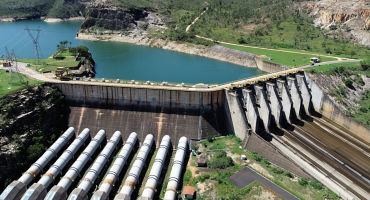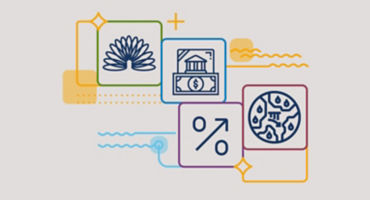Our Thematic team has identified a wide variety of secular trends they believe are spurring innovation and disruption in the global economy and creating attractive thematic investment opportunities. In their latest update, they highlighted several current areas of research, including:
Social inclusion — As the team put it, “After 30 years of declining returns to labour across economies, a fight back has begun.” Transitioning towards a more inclusive economic model will take years, but the team thinks greater redistribution of wealth, more progressive income taxes, greater social spending and other changes will follow, providing tailwinds for enablers and beneficiaries of this transition. Likely thematic beneficiaries include financial inclusion, health care provision and social empowerment.
Net zero — Russia’s invasion of Ukraine turned net zero into a geopolitical theme, and while the costs of transitioning to a net-zero world have increased as a result, so has the national security urgency to reduce dependence on fossil fuels. Likely thematic beneficiaries include environmental consciousness and energy efficiency.
Economic nationalism — The transition towards a multipolar world is continuing apace, with China playing a growing role. The team expects a shift in post-Cold War structural drivers: deglobalisation instead of continued global integration; institutionalisation of competing centres of power instead of geopolitical stability; and policy oriented towards broader national security instead of a sole focus on economic development. Likely thematic beneficiaries include smart data, automation & robotics and digital infrastructure.













